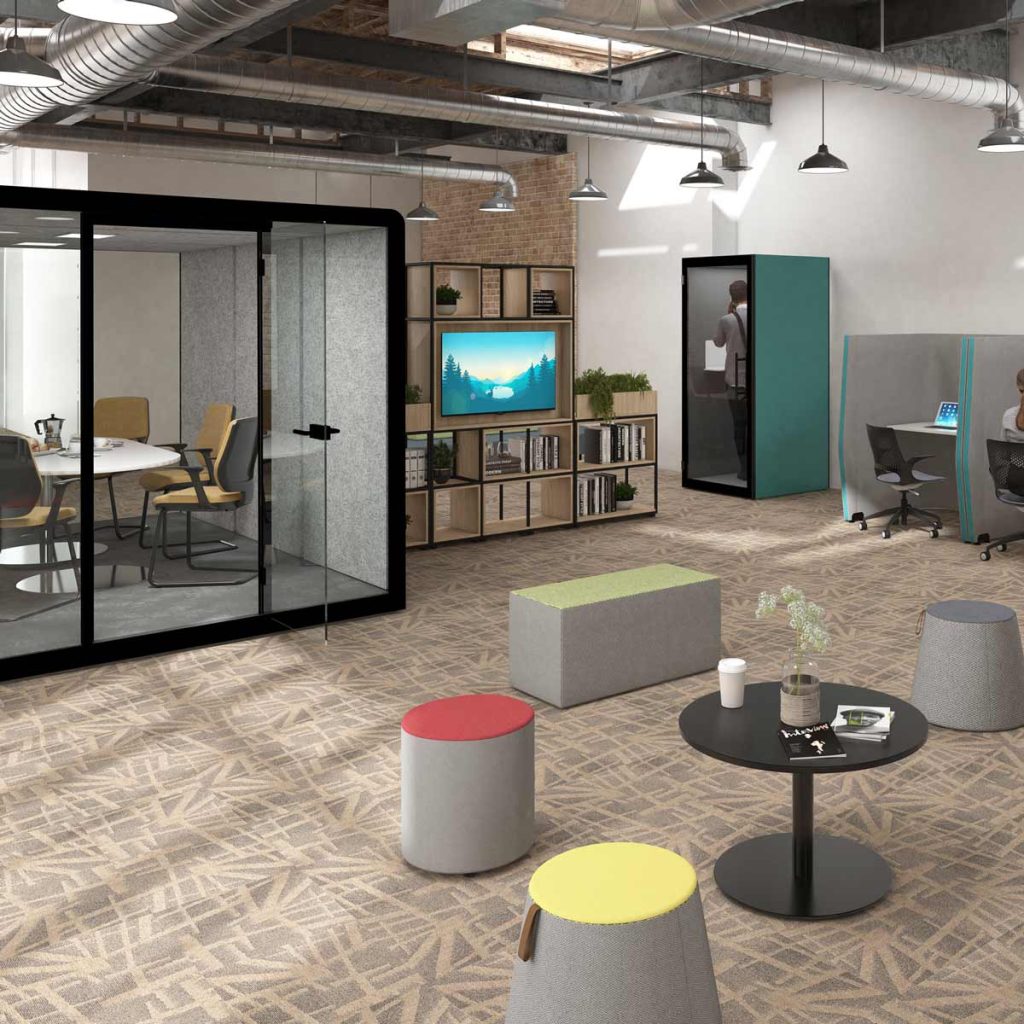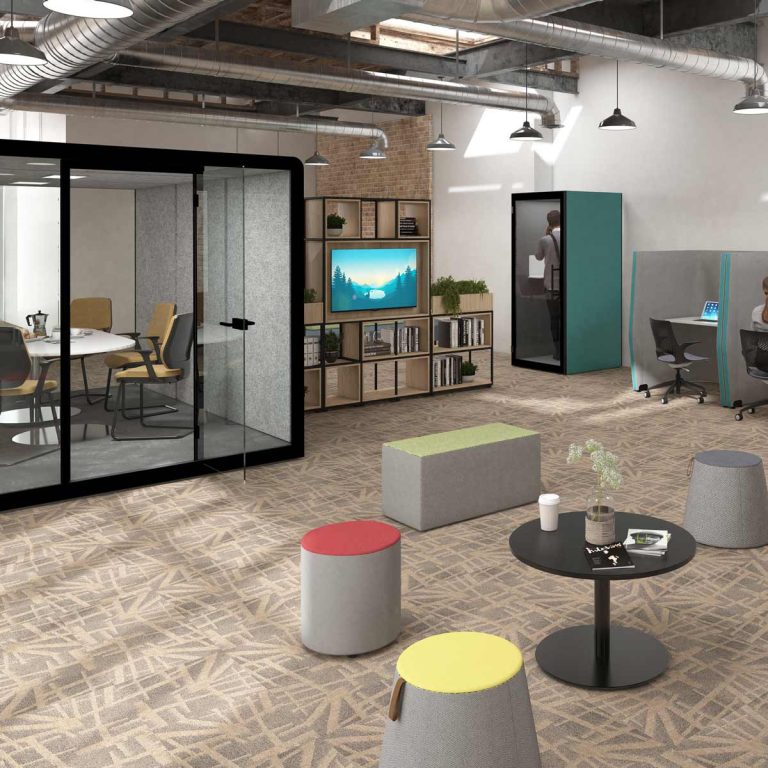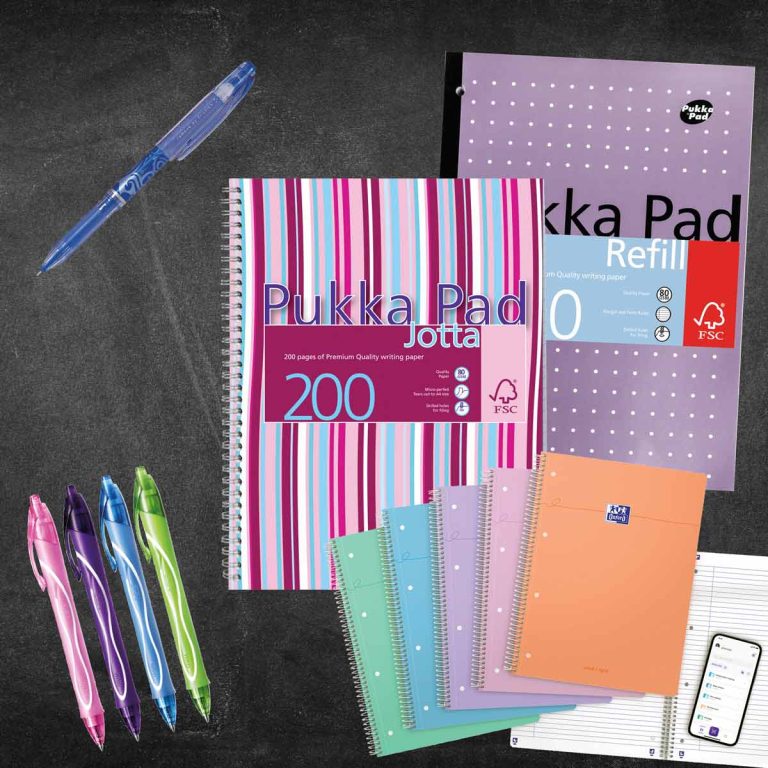As our planet warms and seasonal extremes become more pronounced, the concept of the “all weather office” is moving from trend to necessity. Whether it’s baking summer heatwaves or chilling winter winds, today’s offices must be adaptable to ensure employee comfort, productivity, and wellbeing all year round.
1. Recognising the Shifting Climate Challenge
Recent years have seen significant temperature swings—boiling summers and icy winters—that push traditional office designs beyond their limits. As building systems groan under the pressure, employees experience discomfort, reduced productivity, and even health issues. Forward thinking organisations are now prioritising internal climate resilience.
2. Flexibility Through Adaptive Spaces
To create an all weather office, begin with spatial adaptability. Consider zoned areas with individual temperature control—think meeting pods with their own cooling, heating, or acoustic regulation. Modular seating and flexible layouts support quick reconfigurations when the weather shifts. Incorporating acoustic hubs or mobile partitions enables teams to adjust both environmental and social conditions on demand.
3. Passive and Active Comfort Integration
A smart blend of passive and active systems enhances resilience. Well-insulated glazing, shading devices, and operable windows provide natural ventilation and daylight in milder seasons. These passive strategies reduce energy usage and connect occupants to the outdoor environment. During extreme weather, purpose built climate control—smart HVAC systems and radiant heating/cooling panels—ensure steady comfort.
4. Biophilic and Climate Responsive Features
Incorporating green features goes beyond aesthetics. Indoor plants, living walls, or accessible outdoor paths introduce natural cooling and air purification, reducing indoor heat and improving air quality. These biophilic elements offer stress relief and physiological benefits all year, aligning with both wellbeing goals and climate adaptation strategies.
5. Smart Tech for Continuous Adaptation
Harnessing sensor networks and building analytics enables real-time adjustment to comfort needs. By monitoring temperature, CO2 levels, occupancy, and outdoor weather, offices can dynamically shift between passive or active climate modes. This tech not only boosts comfort but also optimises energy performance—and today’s furniture solutions can integrate sensors and power modules seamlessly into workspaces for both aesthetic and functional benefits.
6. Resilient Design, Resilient Culture
The all weather office supports more than just temperature control—it promotes resilience in people and teams. By giving staff the tools to self regulate their environment—like moveable dividers, individual heating pads, or task specific seating—they feel empowered and engaged. Moreover, planning for occasional disruptions (e.g., power outages or HVAC maintenance) through backup systems and flexible layouts helps maintain continuity.







